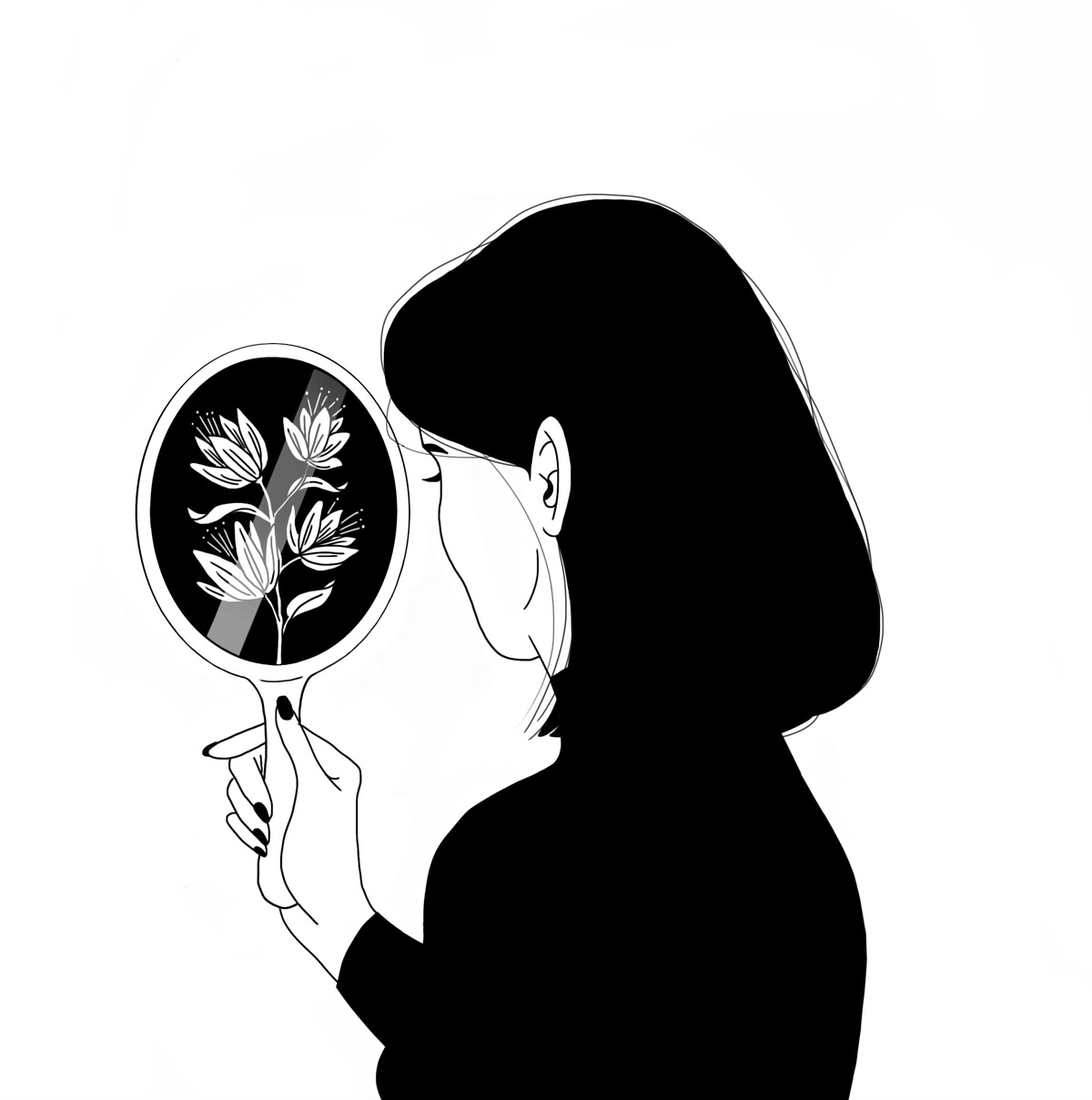My Autism Assessment: The Result
a ghost story is a trauma story
This is the third part of a thus-far three-part series, called My Autism Assessment, Age 40. You can locate the earlier pieces in my archives.
“And this is where—where I have to share the diagnosis,ˮ the psychiatrist said.
I said: “Okay. Yeah.ˮ
“And I know that maybe I'm not offering anything new. Maybe I will disappoint. I don't know. I think your experiences are explained by schizoaffective disorder and bipolar type and definitely, definitely complex PTSD.ˮ
What you canʼt see here is how I stared vacantly into the middle distance on the video call—my face, as far as I could tell, suddenly unable to indicate any kind of expression because all I wanted to do was disappear. From that moment onward. From the beginning of the end of that hourlong analysis. The spiral that I had become so accustomed to in my forty-year-old life began to churn in its private, inky vortex, pulling me down.
But let me tell you what else happened.
After five months of interviews, analysis, and assessment provided by my HMO, I was determined not to be autistic. Instead, I exhibit autistic-like behaviors and tendencies that are nearly identical to congenital autism as a result of what was called a “complex psychiatric profile.ˮ




